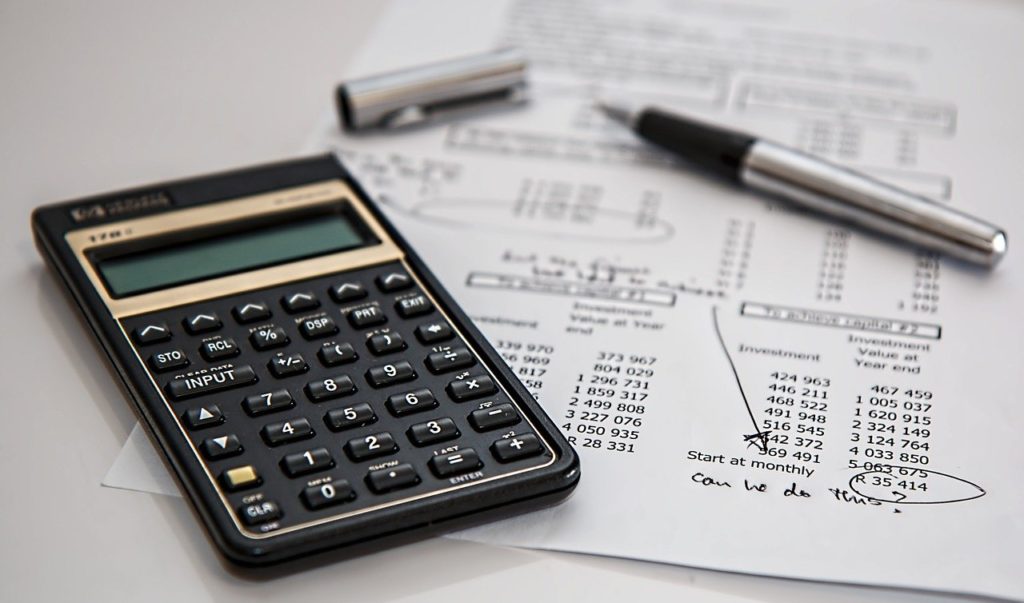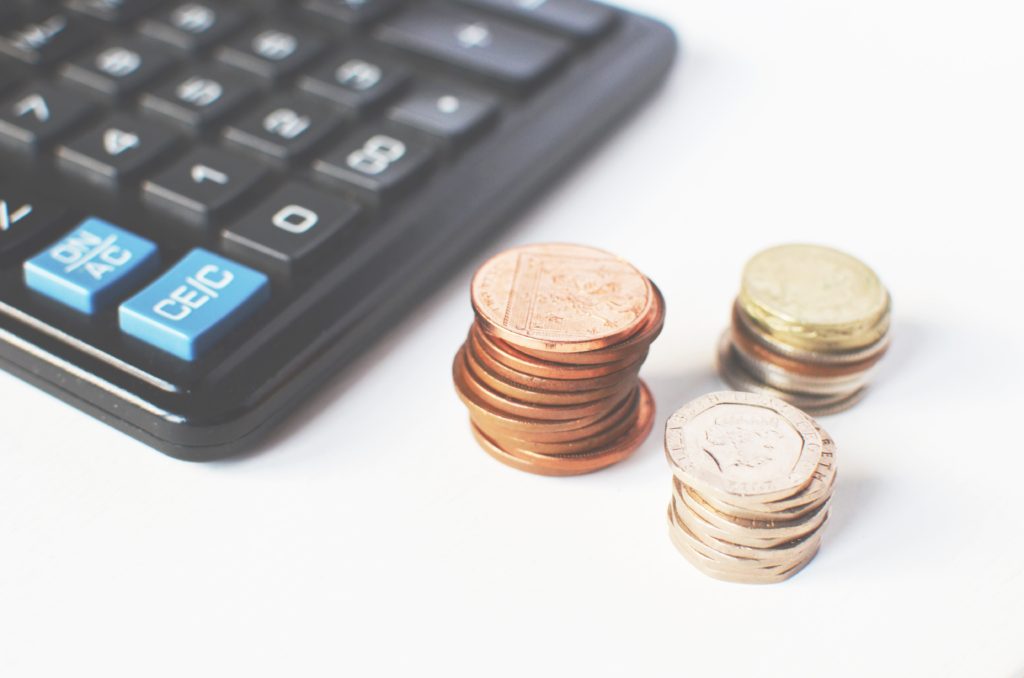
Real estate investment is attractive for many individuals looking to diversify their portfolios and generate passive income. One essential tool in evaluating the potential return on investment for real estate properties is the cap rate, commonly known as the capitalization rate. This article will delve into the cap rate formula, its significance, and how it aids investors in making informed decisions about their real estate ventures.
What Is Cap Rate?
The cap rate, or capitalization rate, is a fundamental metric used by real estate investors to assess the performance and profitability of a rental property. It serves as an estimate of the potential return on investment for a specific property. Understanding the cap rate is crucial for both seasoned investors and those new to the world of real estate, as it provides valuable insights into the property’s income-generating potential.

What is a Cap Rate?
A cap rate is a rate of return used to estimate the potential profitability of a real estate investment. It is calculated by dividing the property’s net operating income (NOI) by its current market value. The cap rate is expressed as a percentage and represents the annual return that an investor can expect to earn on their investment.
How to Calculate the Cap Rate
The cap rate formula is as follows:
Cap Rate = NOI ÷ Current Market ValueWhere:
- NOI is the property’s net operating income. This is calculated by taking the property’s gross potential income and subtracting all of the property’s operating expenses, such as property taxes, insurance, and maintenance costs.
- Current Market Value is the estimated value of the property as of the date of the calculation.
Example
Let’s say you are considering purchasing a rental property for $1,000,000. The property has an annual gross potential income of $100,000 and annual operating expenses of $10,000. The NOI for the property would be $90,000 ($100,000 – $10,000). The cap rate for the property would be 9% ($90,000 ÷ $1,000,000).
What Does the Cap Rate Mean?
A higher cap rate generally indicates a riskier investment, while a lower cap rate indicates a more stable investment. However, it is important to note that the cap rate is just one of many factors that investors should consider when evaluating a real estate investment.
Other Factors to Consider
In addition to the cap rate, investors should also consider the following factors:
- Location: The location of the property can have a significant impact on its value and potential return.
- Property condition: The condition of the property can also affect its value and potential return.
- Vacancy rate: The vacancy rate in the area where the property is located can also affect its value and potential return.
Example Calculation
Imagine you’re considering the purchase of a rental property. This property generates $9,000 in annual gross rental income. After accounting for expenses such as property management fees ($900), annual maintenance costs ($450), property taxes ($710), and insurance ($650), the net income from the property amounts to $6,290.
Suppose you acquire this property for $40,000. By dividing the net income ($6,290) by the purchase price ($40,000), you obtain a decimal of 0.15725. Move the decimal point two spaces to the right to express this as a percentage. The cap rate for this property is calculated as 15.7%.
Annual Calculation
Calculating the cap rate annually is essential for investors with multiple portfolio properties. This practice allows investors to track the performance of their properties over time and identify which properties are performing well and which require attention or adjustments.

Factors to Consider
While the cap rate provides a valuable initial assessment of a property’s potential, it should not be the sole factor in making investment decisions. Investors must consider other factors, such as the property’s location, condition, market trends, and potential for improvements.
Good Cap Rates
Cap rates between 4% and 12% are generally considered good, but what constitutes a reasonable cap rate can vary based on market conditions and individual investor preferences. A higher cap rate may indicate higher risk, while a lower cap rate might offer long-term potential.
Cap Rate vs. ROI
It’s crucial to distinguish between cap rate and return on investment (ROI). Cap rate measures the property’s performance at a specific point in time, focusing on income and purchase price. Conversely, ROI considers the entire investment, including factors like financing, property appreciation, and tax benefits.
Cap Rate Compression
Cap rate compression occurs when property values rise, causing the cap rate to decrease. While this may reflect an appreciating asset, it can challenge new market investors. Cap rate compression may necessitate all-cash purchases or creative financing solutions.
Importance of Cap Rate
Cap rates are relevant to real estate investors, lenders, and buyers. Investors use cap rates to assess income potential and compare properties. Lenders may consider cap rates when determining financing terms. On the other hand, homebuyers are more concerned with property value than cap rates.

Limitations
While cap rates provide valuable insights, they have limitations. They do not account for changes in cash flow due to property improvements or renovations. Additionally, cap rates must consider leverage, making them less suitable for highly leveraged investments.
Location Variation
Cap rates can vary significantly between different locations, such as urban and suburban areas. Various factors influence these variations, including property values, rent levels, and local economic conditions. Investors must adapt their cap rate expectations to local market dynamics.
Evolution of Cap Rate Calculations
Over time, investors may refine their cap rate calculations based on real-world data and experience. The initial cap rate calculation serves as a starting point, but as investors gain insights into a property’s performance, they can adjust the formula or consider additional expenses.
Conclusion
In conclusion, the cap rate formula is a valuable tool for real estate investors seeking to evaluate the potential of investment properties. It provides a snapshot of a property’s income-generating potential, aiding investors in making informed decisions. While cap rates offer valuable insights, investors should use them with other factors, such as property location and condition, to make well-rounded investment choices in the dynamic world of real estate.